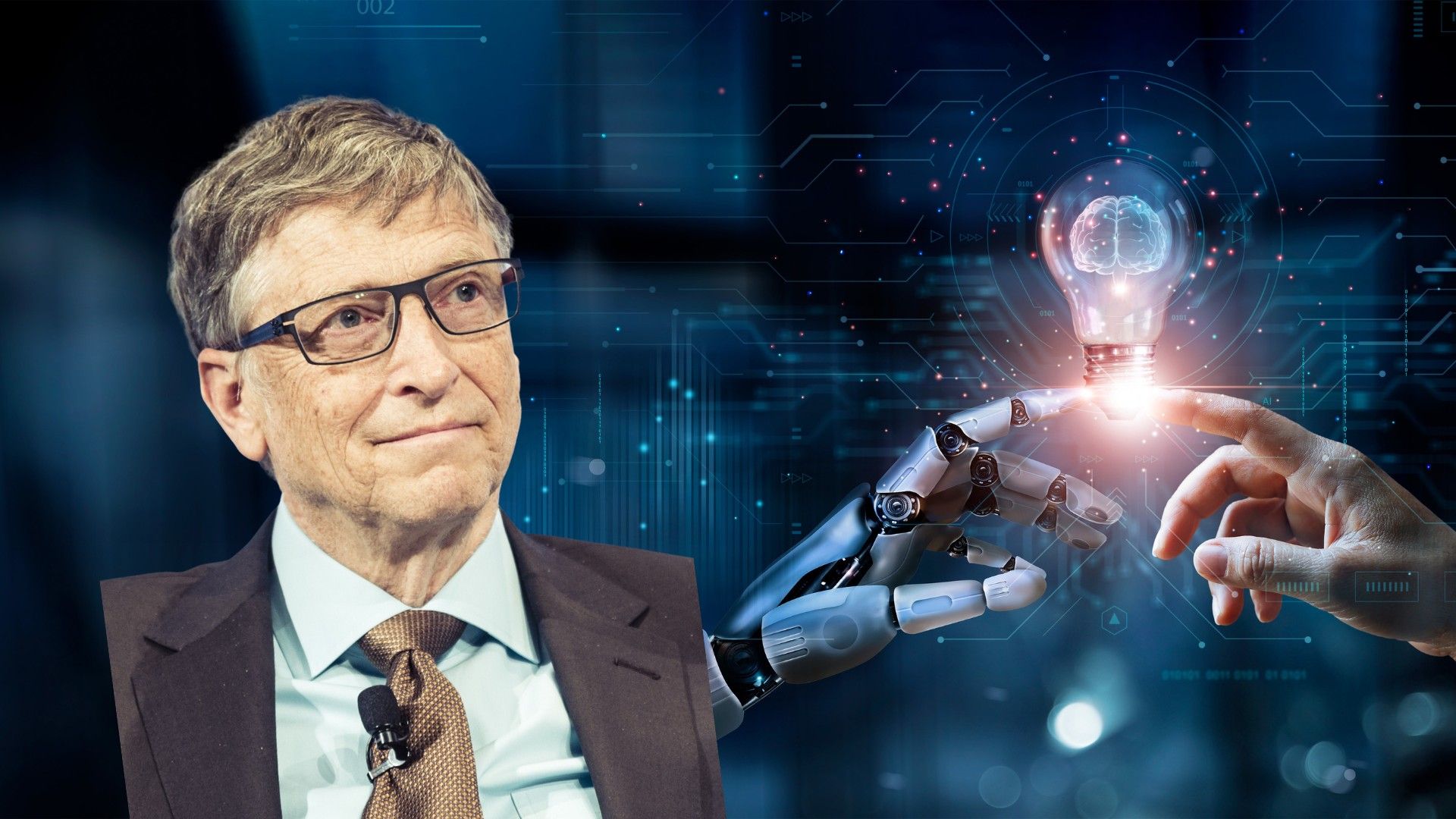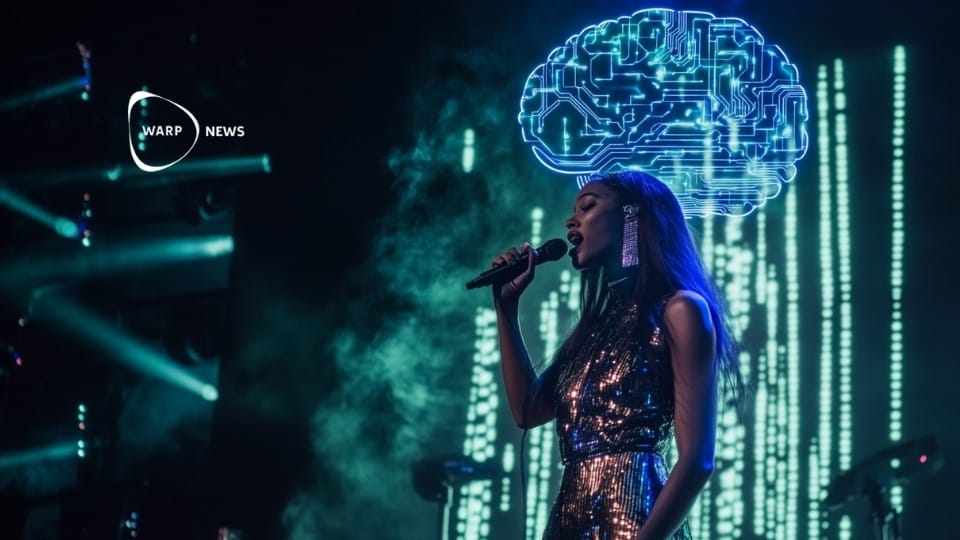
🦾 Bill Gates' solutions to potential AI problems
"I believe there are more reasons than not to be optimistic that we can manage the risks of AI while maximizing their benefits."
Share this story!
Bill Gates has written previously on the age of AI. Now he is writing about the potential problems with AI, and how they can be solved: The risks of AI are real but manageable
We’re now in the earliest stage of another profound change, the Age of AI. It’s analogous to those uncertain times before speed limits and seat belts. AI is changing so quickly that it isn’t clear exactly what will happen next. We’re facing big questions raised by the way the current technology works, the ways people will use it for ill intent, and the ways AI will change us as a society and as individuals.
In a moment like this, it’s natural to feel unsettled. But history shows that it’s possible to solve the challenges created by new technologies.
Here is a summary:
1. People have managed through transformative moments in history, and can do so with AI too: From cars to personal computers, society has consistently evolved to handle changes, creating rules to ensure the responsible use of transformative technologies. AI's fast-paced evolution prompts us to face questions regarding its use and impact, but history shows that it's possible to address these challenges effectively.
2. AI issues have historical precedent and can be managed, as we’ve learned from past experiences: The impact of AI on education is not unprecedented - past changes such as the introduction of handheld calculators or computers in classrooms had significant effects. Learning from previous transitions and using AI itself to manage its problems can be key strategies.
3. AI’s adaptation to our legal system is essential: Existing laws might need to be updated or new ones adopted, just as when the internet emerged. This is necessary to counter AI-generated threats, such as deepfakes and misinformation, which could undermine elections and democracy.
4. Deepfakes can be managed through public awareness and detection technologies: AI's potential to generate deepfakes poses a real threat to individual and societal trust. However, learning from past experiences with online scams and the development of deepfake detectors, like the ones from Intel and DARPA, offer hope for managing this challenge.
5. Cybersecurity risks associated with AI can be countered with AI itself: AI can help hackers write more effective code, potentially escalating cybersecurity threats. On the flip side, AI can also be leveraged to counter these threats, with private and public security teams using AI to detect and fix security flaws before they're exploited.
6. The global AI arms race can be regulated using international agencies: The competition to have the most advanced AI technology could lead to an arms race in cyber weaponry. Learning from history and our management of nuclear technology, a similar international regulatory body for AI could be a solution to prevent this.
7. AI’s potential job displacement can be handled by retraining and support: AI will likely automate many tasks, but this could also free up people to perform other, potentially more meaningful, work. Support and retraining will be needed to manage this transition smoothly, learning from previous labor market disruptions like the Industrial Revolution or the introduction of the PC.
8. AI biases can be addressed through improved models and increased awareness: AI can amplify existing biases in society or generate false claims. However, there are ongoing research efforts to reduce these issues by incorporating human values into AI models and training them using diverse datasets. User awareness and skepticism can also serve as effective checks on AI outputs.
9. AI’s impact on education can be positive if managed correctly: AI might change the way students learn and work. However, tools to detect AI-generated work already exist, and some educators advocate for using AI to aid students. As with the adoption of electronic calculators, educators can teach students to use AI effectively, turning a potential problem into an educational opportunity.
10. AI in education can help close the achievement gap if developed responsibly: Current education software often supports motivated students, but it needs to be developed to engage those who might not have initial interest in the subjects. Developers need to tackle this challenge to ensure AI benefits students of all types, potentially bridging educational gaps.
I believe there are more reasons than not to be optimistic that we can manage the risks of AI while maximizing their benefits.
By becoming a premium supporter, you help in the creation and sharing of fact-based optimistic news all over the world.


